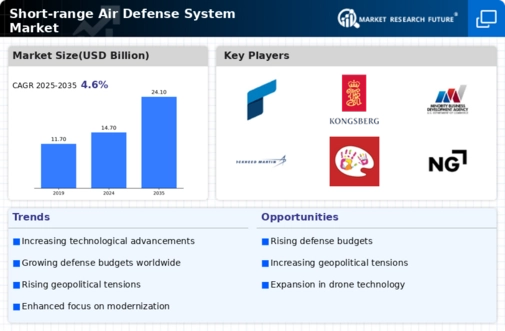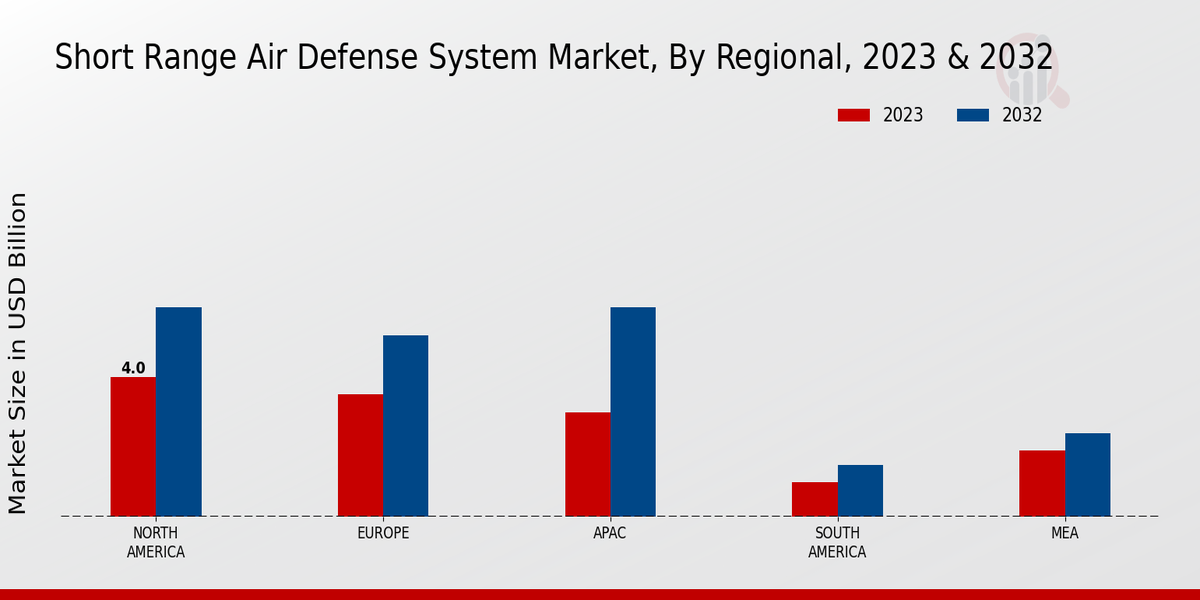The Short-range Air Defense System Market presents a competitive landscape characterized by rapid advancements in technology, a rising emphasis on national security, and increasing demand for effective air defense solutions across various regions.
With the growing threat of aerial attacks and unmanned drone incursions, nations are ramping up their defense budgets to incorporate cutting-edge short-range air defense systems that can offer robust protection against a wide range of aerial threats.
This market is witnessing significant investments in research and development, resulting in innovative systems designed to enhance detection, tracking, and engagement capabilities. The competitive dynamics are influenced by strategic collaborations, mergers, and acquisitions among key players, driving the evolution of products and expanding market share in a landscape marked by a plethora of incumbents and emerging players.
Rheinmetall stands out within the Short-range Air Defense System Market due to its comprehensive approach to air defense solutions. The company leverages decades of experience in military technology to develop systems that integrate advanced radar capabilities with effective weaponry, ensuring enhanced situational awareness and response times for users.
Rheinmetall excels in providing modular and scalable defense systems tailored to meet the specific needs of various armed forces, which positions the company favorably against competitors. Its commitment to innovation is evident through continuous product enhancements, which reflect a keen understanding of evolving air threats.
The company's established partnerships with defense ministries around the world further solidify its market presence, allowing it to offer reliable and cutting-edge defense systems that resonate with military requirements across different geographical regions.
Kongsberg Gruppen is another significant player in the Short-range Air Defense System Market, recognized for its specialized expertise in developing precision-guided defense systems integrated with sophisticated technology.
The company's systems are distinguished by high-grade sensors and command and control architecture that optimize airspace management and defense strategy deployment. Known for their user-centric designs, Kongsberg Gruppen's products offer increased operational effectiveness in real-time threat scenarios.
By focusing on continual improvement and adaptation to new challenges in air defense, Kongsberg has successfully expanded its market reach and established a strong reputation as a reliable partner for nations seeking to enhance their air defense capabilities.
Their strong emphasis on collaboration with military forces ensures that their solutions remain aligned with current and future defense needs, making Kongsberg Gruppen an essential contributor to the dynamics of the short-range air defense market.


















Leave a Comment